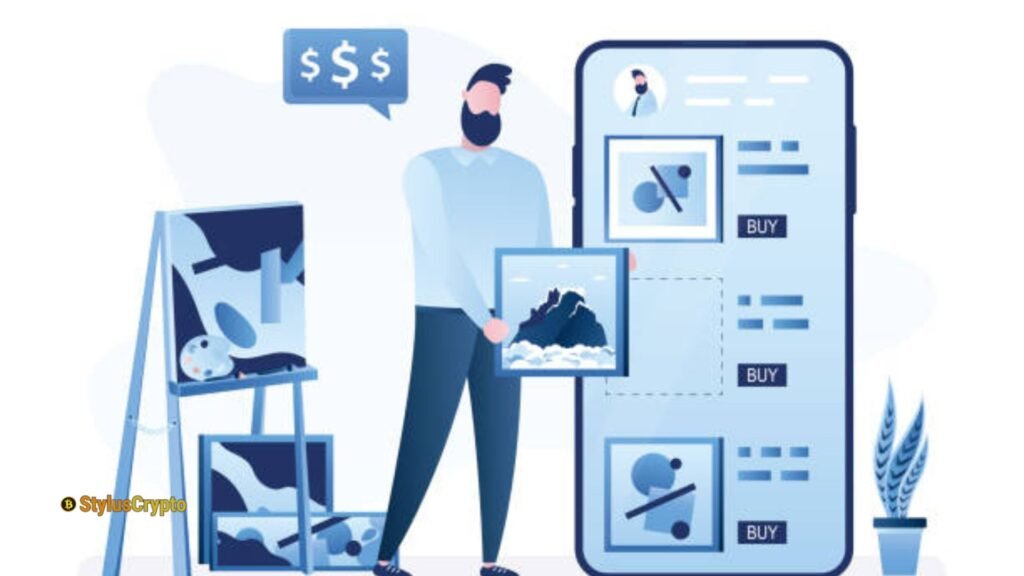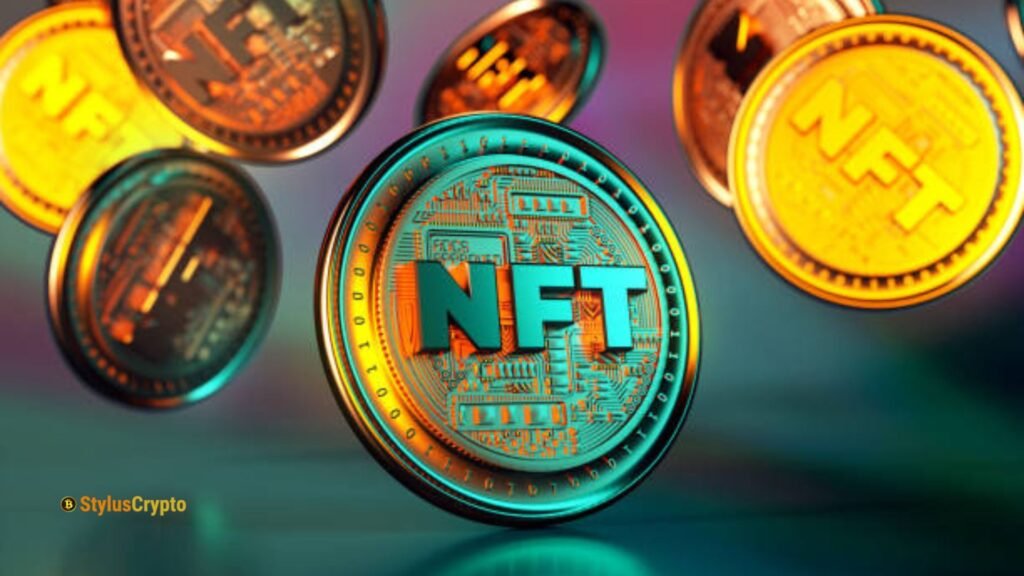In recent years, Non-Fungible Tokens (NFTs) have emerged as a groundbreaking innovation in art, transforming how artists create, sell, and distribute their work. NFTs, built on blockchain technology, provide a way to authenticate and prove ownership of digital art, allowing creators to monetize their work in unprecedented ways. This article explores how NFT artwork is changing the landscape of the art world, the implications for artists and collectors, and what the future holds for this exciting intersection of technology and creativity.
What Are NFTs?
Non-fungible tokens (NFTs) are unique digital assets stored on a blockchain. They represent ownership of a specific item or piece of content, whether it be art, music, videos, or even virtual real estate. Unlike cryptocurrencies such as Bitcoin or Ethereum, which are fungible and can be exchanged for one another, NFTs are unique and cannot be replicated or exchanged on a one-to-one basis. This uniqueness makes NFTs particularly suited for the art world, where authenticity and provenance are paramount.
The Rise of Digital Art
The rise of digital art has been dramatic in recent years, with artists using software and digital tools to create stunning pieces that exist solely in digital form. However, the challenge for digital artists has always been proving ownership and authenticity. Before the advent of NFTs, digital art could be easily copied and distributed, making it difficult for artists to monetize their work. NFTs address this issue by providing a verifiable and immutable record of ownership, enabling digital artists to sell their creations confidently.
The Process of Creating and Selling NFT Artwork

Creating the Artwork
The first step in the NFT process is creating the digital artwork itself. Artists can use various software and tools, such as Adobe Photoshop, Illustrator, or 3D modeling programs, to produce their work. This can include illustrations, animations, videos, or any other digital format. The creative possibilities are virtually limitless, allowing artists to experiment with new styles and techniques.
Minting the NFT
Once the artwork is complete, the next step is minting the NFT. This involves uploading the digital file to an NFT marketplace, such as OpenSea, Rarible, or Foundation. During the minting process, the artist creates a unique token on the blockchain representing the artwork. This token contains metadata, including the title, description, and ownership history, and it is stored on the blockchain, making it tamper-proof and easily verifiable.
Setting the Price and Selling
After minting, the artist can set a price for their NFT artwork or choose to auction it. The NFT is then made available for sale on the chosen marketplace. Buyers can purchase the NFT using cryptocurrency, typically Ethereum, the most commonly used blockchain for NFTs. Once a sale is completed, the ownership of the NFT is transferred to the buyer, and the transaction is recorded on the blockchain.
Benefits of NFT Artwork
- Empowering Artists: NFTs give artists more control and the chance to make a living. NFT sales provide artists a higher share of the sale price than galleries and middlemen. Many NFT platforms also pay artists royalties on secondary sales, allowing them to benefit from their work after it sells.
- New Revenue Streams: NFTs give artists additional cash streams to experiment with multiple formats and mediums. Artists can engage audiences with limited editions, collaborations, and interactive experiences. They contact new audiences, especially online, and diversify their income.
- Building a Community: Artistic communities can also form on NFTs. Social media and online platforms allow artists to communicate with fans and collectors, building loyalty. Community-building can boost the artist’s profile and marketability by increasing support and collaboration.
The Impact on Collectors and the Art Market
Challenges and Criticisms
Environmental Concerns
One of the major criticisms of NFTs is their environmental impact. Most NFTs are minted on the Ethereum blockchain, which relies on energy-intensive proof-of-work mechanisms. This has raised concerns about the carbon footprint associated with creating and trading NFTs. However, initiatives to transition to more sustainable blockchain technologies aim to mitigate these environmental issues.
Market Volatility
The NFT market is still relatively young and can be highly volatile. Prices for NFTs can fluctuate dramatically based on trends, social media hype, and investor sentiment. This volatility can pose risks for artists and collectors, leading to potential financial losses.
Intellectual Property Issues
The rise of NFTs has also led to concerns about intellectual property rights. Artists must ensure they have the legal rights to mint and sell their work as NFTs, and collectors must be aware of potential copyright infringements. Clearer guidelines and regulations will likely emerge to address these issues as the market matures.
The Future of NFT Artwork
As technology continues to evolve, the future of NFT artwork looks promising. Integrating augmented reality (AR) and virtual reality (VR) experiences may further enhance how art is created, viewed, and sold. Additionally, the growing interest in metaverses—virtual worlds where people can interact, socialize, and trade—could open up new avenues for NFT artists and collectors.

Moreover, collaborations between traditional artists and digital creators will likely become more prevalent, blurring the lines between physical and digital art. As more artists embrace NFTs, we can expect an expansion of creativity, innovation, and opportunities within the art world.
Also Read: When Will the NFT Market Recover?
In Summary
NFT artwork is revolutionizing the art industry by providing a platform for artists to showcase and monetize their digital creations while offering collectors unique ownership experiences. The benefits of NFTs, such as empowering artists, creating new revenue streams, and fostering community engagement, are reshaping how art is perceived and valued.
Despite the challenges and criticisms, the potential for NFT artwork to redefine the art world is undeniable. As technology advances and the market matures, NFTs are poised to become a significant part of the future of art, paving the way for a new era of creativity and innovation. Whether you are an artist, collector, or enthusiast, the NFT movement is an exciting development to watch as it unfolds.

